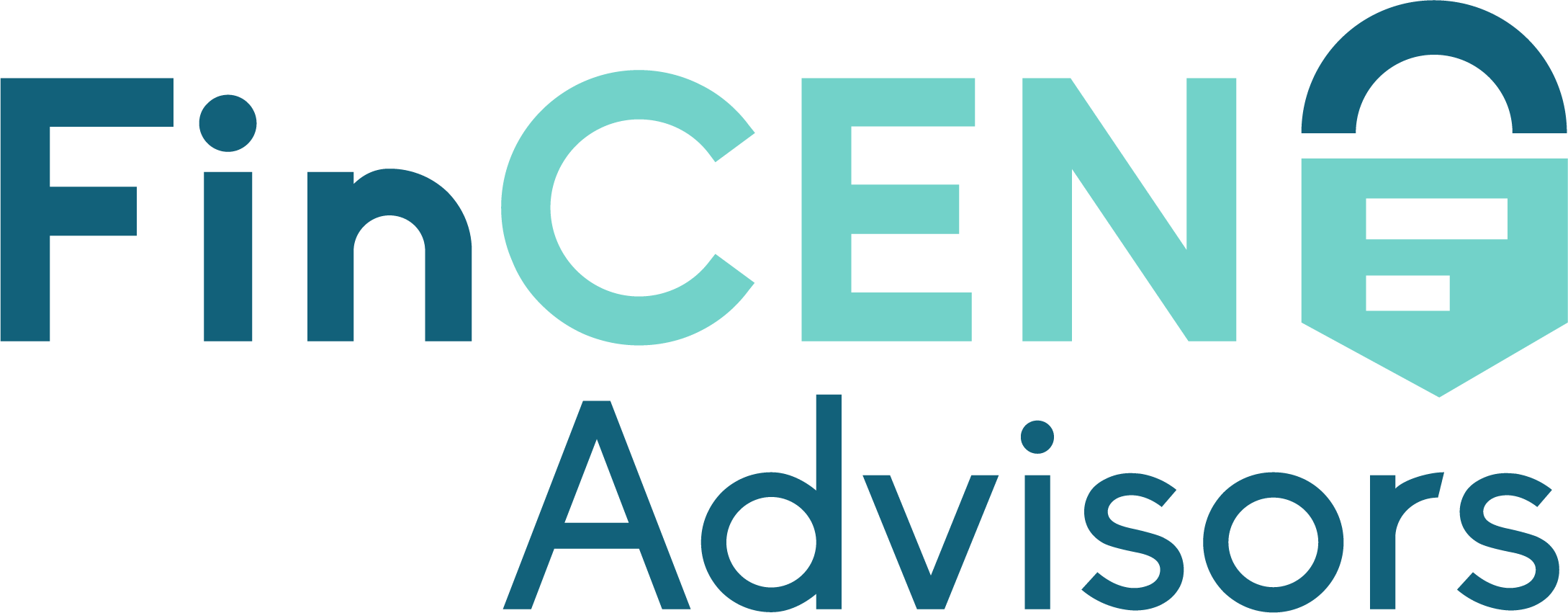Las empresas deben empezar a cumplir las directrices de información de la Ley de Transparencia Empresarial en 2024. Conocer el "por qué" histórico de la ley puede ayudar a las empresas a comprender la importancia de los nuevos requisitos.
Principales conclusiones:
La Ley de Transparencia Empresarial se promulgó para minimizar delitos financieros como el fraude fiscal y el blanqueo de dinero.
A partir de 2024, la ley obliga a las empresas a cumplir nuevos requisitos de notificación de información sobre beneficiarios reales a la Red de Represión de Delitos Financieros.
Sucesos como la filtración de los Papeles de Panamá en 2016 espolearon la Ley de Transparencia Empresarial al revelar la criminalidad corporativa.
Cada vez que entran en juego nuevas normativas empresariales, cambiar las prácticas para cumplirlas puede suponer un reto y llevar mucho tiempo. Y en 2024 se producirá un gran cambio en los requisitos de información, gracias a la Ley de Transparencia Empresarial (CTA).
La LTC está cambiando el panorama de la transparencia y la rendición de cuentas de las empresas en Estados Unidos. Promulgada para combatir las actividades financieras ilícitas, como el blanqueo de capitales, el fraude fiscal y el terrorismo, la Ley exige a las empresas que revelen la información sobre su titularidad real, fomentando un entorno empresarial más transparente y responsable. La LTC exige a determinadas empresas que comuniquen la información sobre la titularidad real a la Red de Lucha contra los Delitos Financieros del Departamento del Tesoro de EE.UU. (FinCEN) para que estos detalles sean conocidos y transparentes, garantizando que no se cometan delitos. Los requisitos de información de la CTA entran en vigor el 1 de enero de 2024.
Desglose de la Contexto histórico de la CTA es clave para comprender el impacto de este hito legislativo. Esta guía recoge los acontecimientos y preocupaciones que llevaron a la creación de la CTA.
El panorama financiero anterior a la CTA y los catalizadores del cambio
Antes de la LTC, los detalles sobre la titularidad real no siempre estaban claros en el mundo financiero y empresarial. Las empresas podían aprovecharse de lagunas legales que les permitían ocultar la verdadera identidad de sus beneficiarios efectivos, lo que propiciaba el blanqueo de capitales, el fraude y otras actividades ilícitas. La falta de un marco global para rastrear y desvelar a los beneficiarios reales planteaba un reto importante a las fuerzas del orden y a los reguladores.
La necesidad de una mayor transparencia se hizo evidente a través de una serie de escándalos y acontecimientos de gran repercusión. Los casos de blanqueo de dinero, evasión fiscal y fraude financiero subrayaron la urgencia de subsanar las deficiencias del marco regulador vigente. Por ejemplo, el Filtración de los Papeles de Panamá en 2016, revelando una vasta red de riqueza oculta, sirvió como un momento decisivo, captando la atención mundial y encendiendo un clamor público a favor de medidas más estrictas contra el secreto empresarial.
Se descubrió una práctica habitual, en la que miembros de la élite adinerada recurren a empresas "pantalla" para encubrir activos con los que cometer fraude fiscal o blanqueo de capitales. A menudo podían llevar a cabo estos actos corruptos porque no existían requisitos estrictos en materia de titularidad real.
Los órganos legislativos se enfrentaron a una creciente presión de la opinión pública y de las comunidades internacionales para que actuaran. Como resultado, varias naciones se interesaron por cambiar los protocolos, obligando a los legisladores a reevaluar sus marcos reguladores e iniciar una era de mayor transparencia.
Elaboración y aprobación de la ley
El camino hacia la aprobación de la LTC estuvo marcado por una redacción meticulosa, intensos debates y un esfuerzo bipartidista para abordar las flagrantes lagunas en la transparencia empresarial. Contribuyentes clave, legisladores y expertos jurídicos participaron en debates exhaustivos para formular una legislación que no solo colmara las lagunas existentes, sino que también resistiera el escrutinio y los desafíos legales.
El proceso de redacción supuso navegar por un panorama ya de por sí complejo, equilibrando la necesidad de transparencia con las preocupaciones por la privacidad y las posibles repercusiones económicas. A través de una serie de revisiones y enmiendas, la versión final de la LTC trató de lograr un equilibrio entre los intereses de las diversas partes interesadas.
Congreso aprobó el CTA en 2021 como componente de la Ley de Autorización de la Defensa Nacional (la Ley de Defensa). La Ley de Defensa se aprobó por primera vez en 2020, pero fue vetada por el presidente Trump. Sin embargo, la Cámara de Representantes anuló el veto y la ley entró en vigor el 1 de enero de 2021.

Metas y objetivos de la CTA
Entre los principales objetivos de la CTA figuran el desmantelamiento del secreto que rodea a la titularidad real, la disuasión de las actividades financieras ilícitas y la dotación a los organismos encargados de la aplicación de la ley de las herramientas necesarias para investigar y combatir eficazmente los delitos financieros.
La CTA aborda las deficiencias anteriores al obligar a las empresas a revelar su BOI al FinCEN, lo que permite a las autoridades rastrear y localizar a las personas que, en última instancia, controlan y se benefician de las entidades corporativas. Esto ayuda a cerrar las lagunas que antes se explotaban con fines nefastos.
La ley establece que su intención es:
(A) establecer una norma federal clara para las prácticas de incorporación
(B) proteger los intereses vitales de la seguridad nacional de Estados Unidos
(C) proteger el comercio interestatal y exterior
(D) mejorar la seguridad nacional, la inteligencia y los esfuerzos de aplicación de la ley para luchar contra el blanqueo de capitales, la financiación del terrorismo y otras actividades ilícitas
(E) hacer que Estados Unidos cumpla las normas internacionales contra el blanqueo de capitales y la financiación del terrorismo".
La CTA es un paso importante en la creación de un panorama empresarial y corporativo más transparente, especialmente importante a medida que las empresas y los directores generales adquieren cada vez más poder en todo el país.
Acogida de la HEIC e impacto
Cuando se introdujo por primera vez la LTC, las empresas, los expertos jurídicos y las instituciones financieras se enfrentaron al reto de adaptarse a un entorno operativo más transparente. Algunos acogieron con satisfacción el cambio, reconociéndolo como un paso necesario hacia un panorama empresarial justo y responsable. Otros expresaron su preocupación por las posibles violaciones de la privacidad y el aumento de las cargas reglamentarias. Estas obligaciones pueden ser especialmente gravosas para las empresas más pequeñas.
En el ámbito empresarial y financiero, las empresas tuvieron que plantearse cómo enfocar el cumplimiento de los nuevos requisitos de divulgación, reevaluando sus estructuras de propiedad y sus procesos internos. Las instituciones financieras han empezado a ajustar sus prácticas de diligencia debida para incorporar la información disponible a través de FinCEN, mejorando su capacidad para identificar y mitigar los riesgos asociados al blanqueo de capitales y otros delitos financieros.
Por qué es importante contextualizar la CTA
Explorar el contexto histórico de la CTA es esencial para apreciar su importancia. La CTA no se materializó de forma aislada, sino que fue una respuesta a la acuciante necesidad de una mayor rendición de cuentas ante la evolución del panorama financiero y la creciente preocupación mundial por las actividades financieras ilícitas.
Las empresas, los profesionales del derecho y los responsables políticos deben navegar por la nueva era de la transparencia con una comprensión matizada de los objetivos de la LTC, mejorando el cumplimiento y apoyando los objetivos más amplios de un mundo empresarial más responsable.
Si no está seguro de cómo cumplir con la CTA en 2024 o se siente abrumado por sus posibles responsabilidades, FinCEN Advisors puede ayudarle. Ayudamos a las empresas con la presentación de BOI a través de FinCEN y nos aseguramos de que se pongan en marcha las mejores prácticas para cumplir con el nuevo requisito a partir del 1 de enero de 2024.
Póngase en contacto con nosotros para cumplir sin problemas los nuevos requisitos de la CTA.









